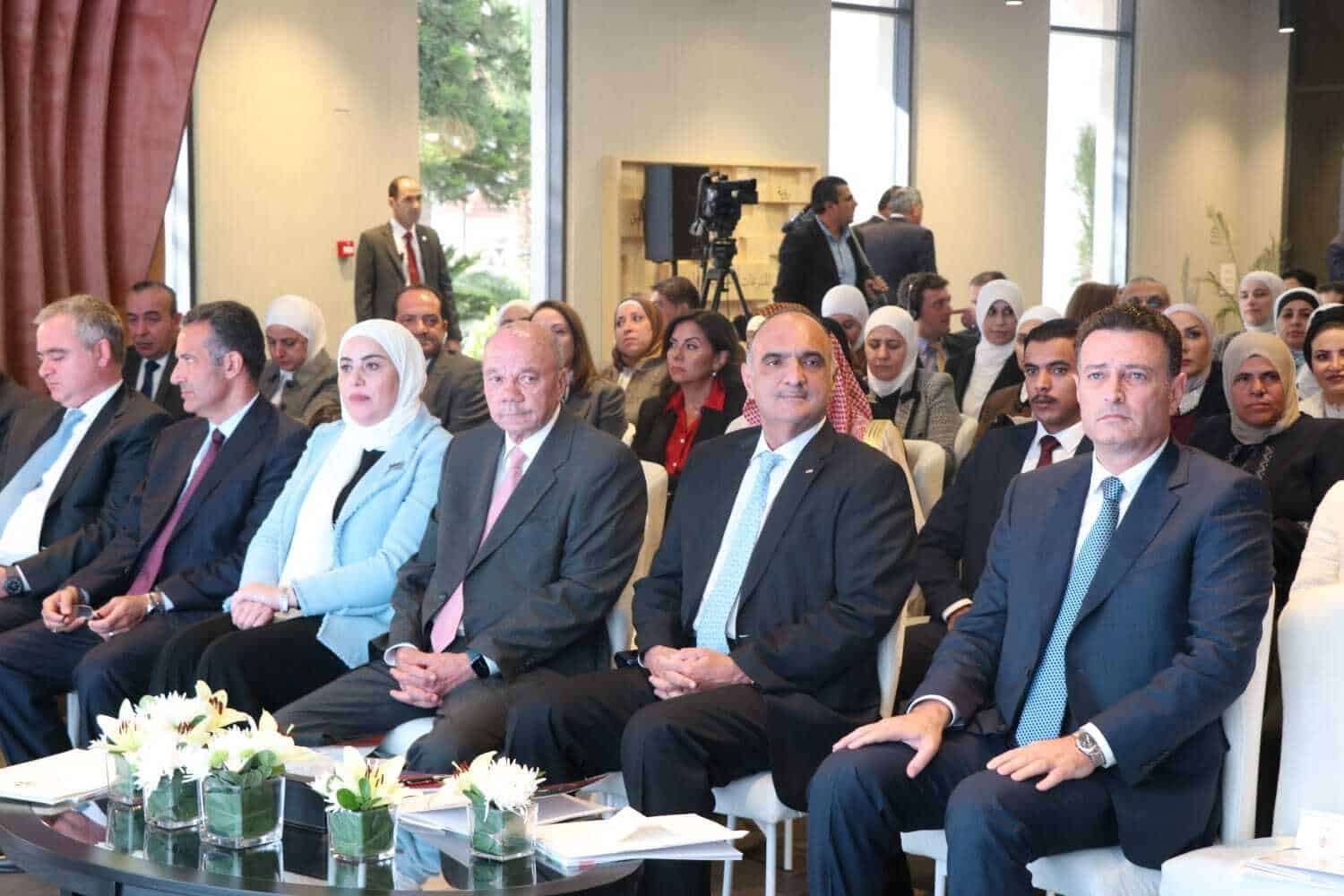Amman, Jordan – Prime Minister Dr. Bishr Khasawneh on Sunday attended the launching ceremony of the women empowerment strategy as part of its Economic Modernization Vision (EMV).
This strategy, outlined by the Inter-Ministerial Committee for Women Empowerment, in partnership with relevant institutions, aims to eliminate all forms of gender-based discrimination.
The strategy also aims to enhance women’s participation in the labor market, increase their participation in economic decision-making, and mainstream gender issues in the work of the public and private sectors.
Addressing the event, Minister of Social Development / the committee’s chair, Wafa Bani Mustafa, said Jordan is entering its bicentennial with a three-dimensional modernization project which views women as a partner. He said the nation’s political process culminated in amending the Constitution and adding clause (6) in Article (6), related to women empowerment.
Women, she noted, were also taken into account in the “deep” reforms in Jordan’s electoral and political party laws and student partisan regulations in higher education institutions.
Similarly, in public sector modernization track, she said the recommendations were made to “institutionalize and frame” the governmental women’s sector, and emphasize development of the appointment system for leadership positions to ensure justice and equality, she continued.
The current government, she pointed out, has appointed an “unprecedented” number of women in leadership positions in the Kingdom’s history.
The government, she said, is adding a new achievement by launching the strategy, in conjunction with the completion of gender-sensitive sectoral executive plans.
The first phase of the executive program will feature sectoral initiatives, of which 72 percent would directly affect women’s economic participation, and 28 percent indirectly, she noted.
Talking about the strategy’s three main women-related goals, she said, related efforts seek to doubling the female participation in Jordan’s labor market, aimed to make their economic participation reach 28 percent in 2033.
Hopefully, she noted, this rate would exceed 36 percent and create more than 280,000 job opportunities for women during the next decade under EMV’s 1 million job opportunities goal at a rate of 28, 000 jobs annually for women.







